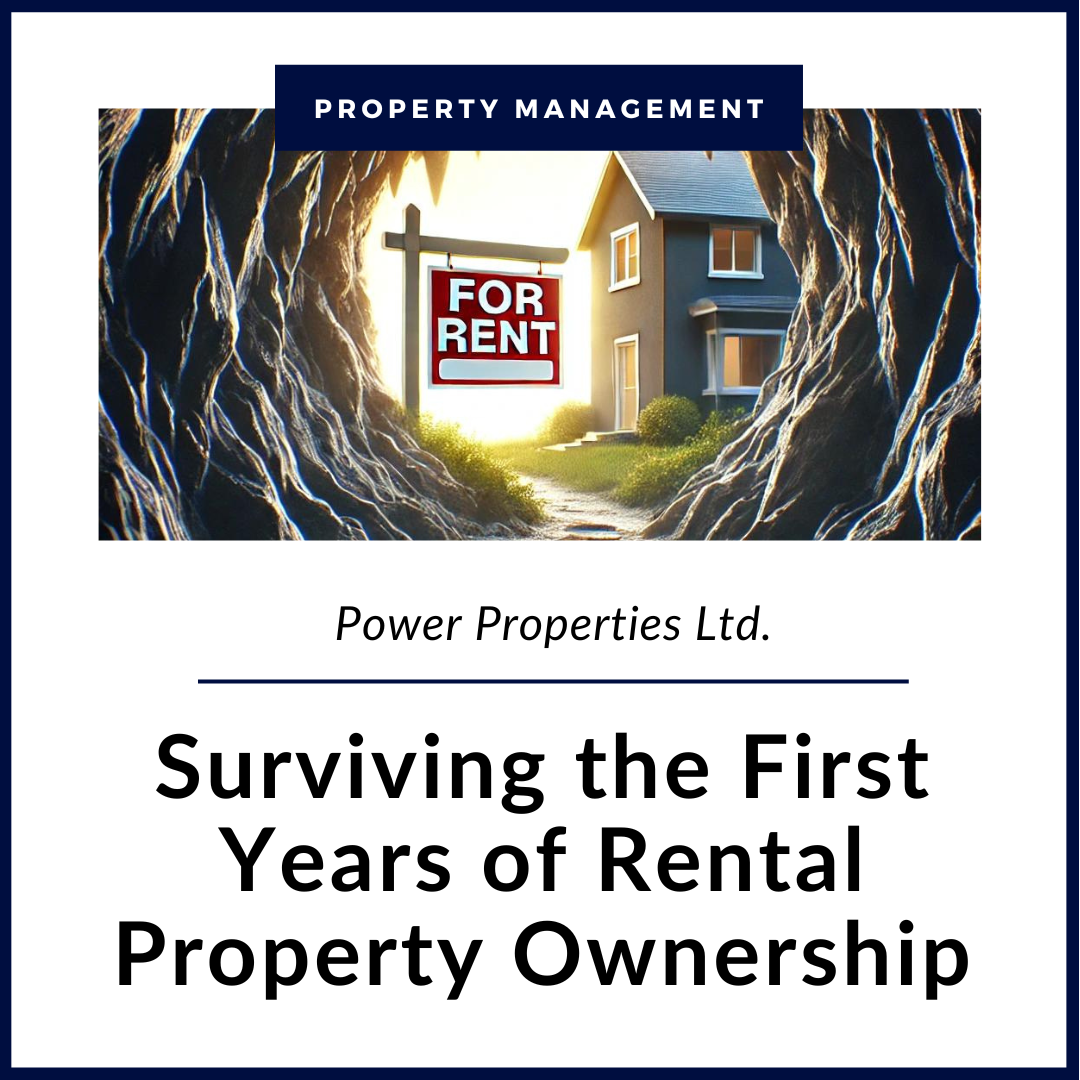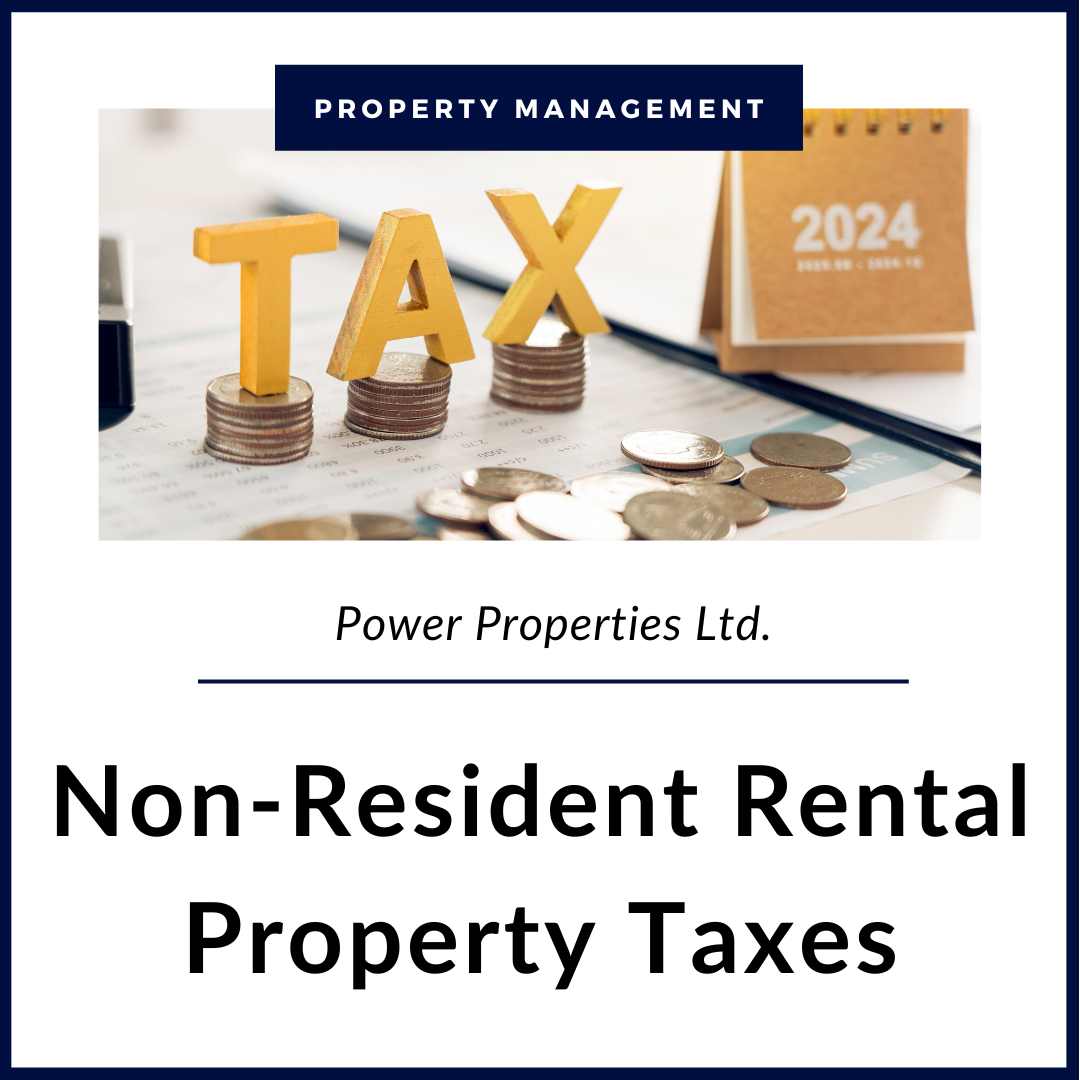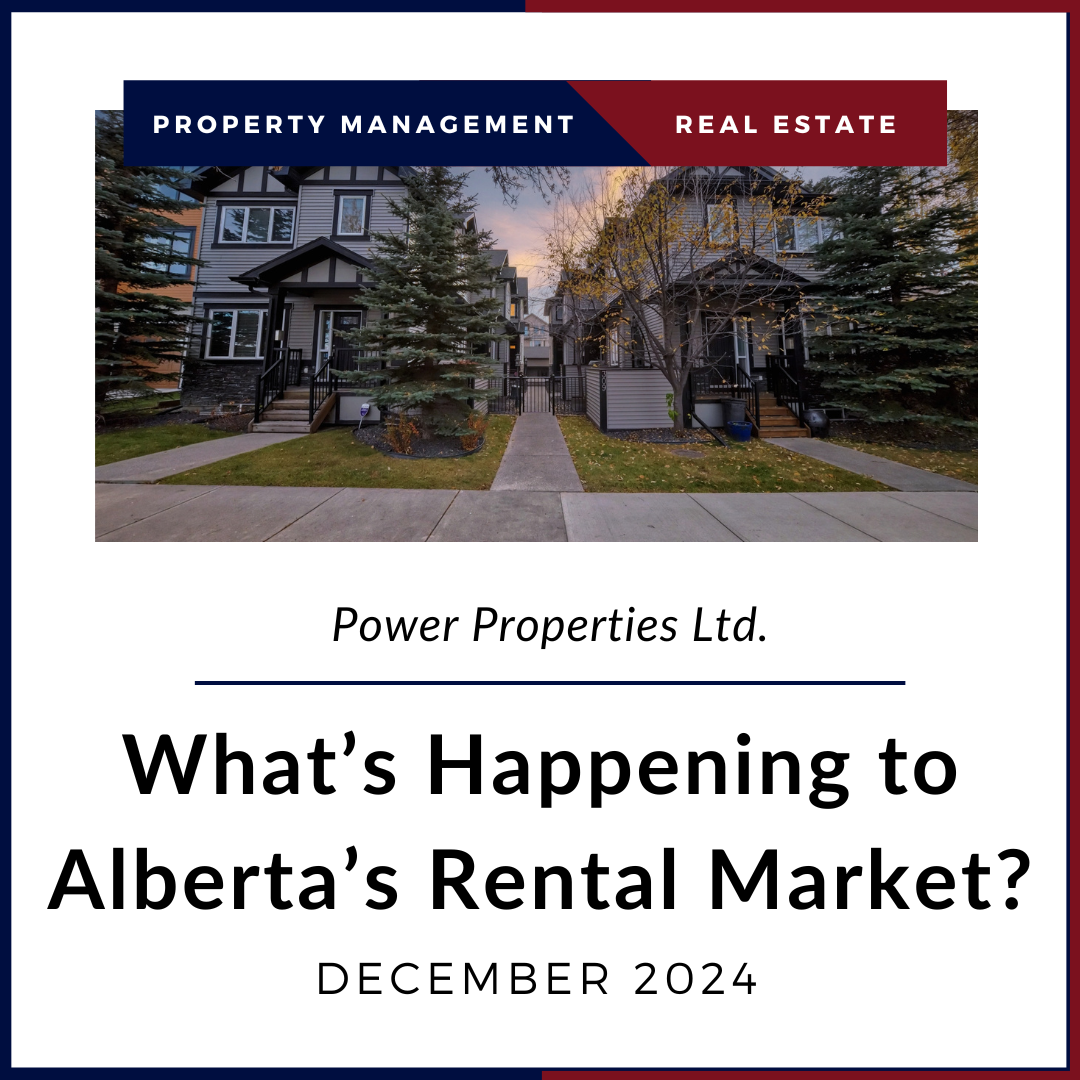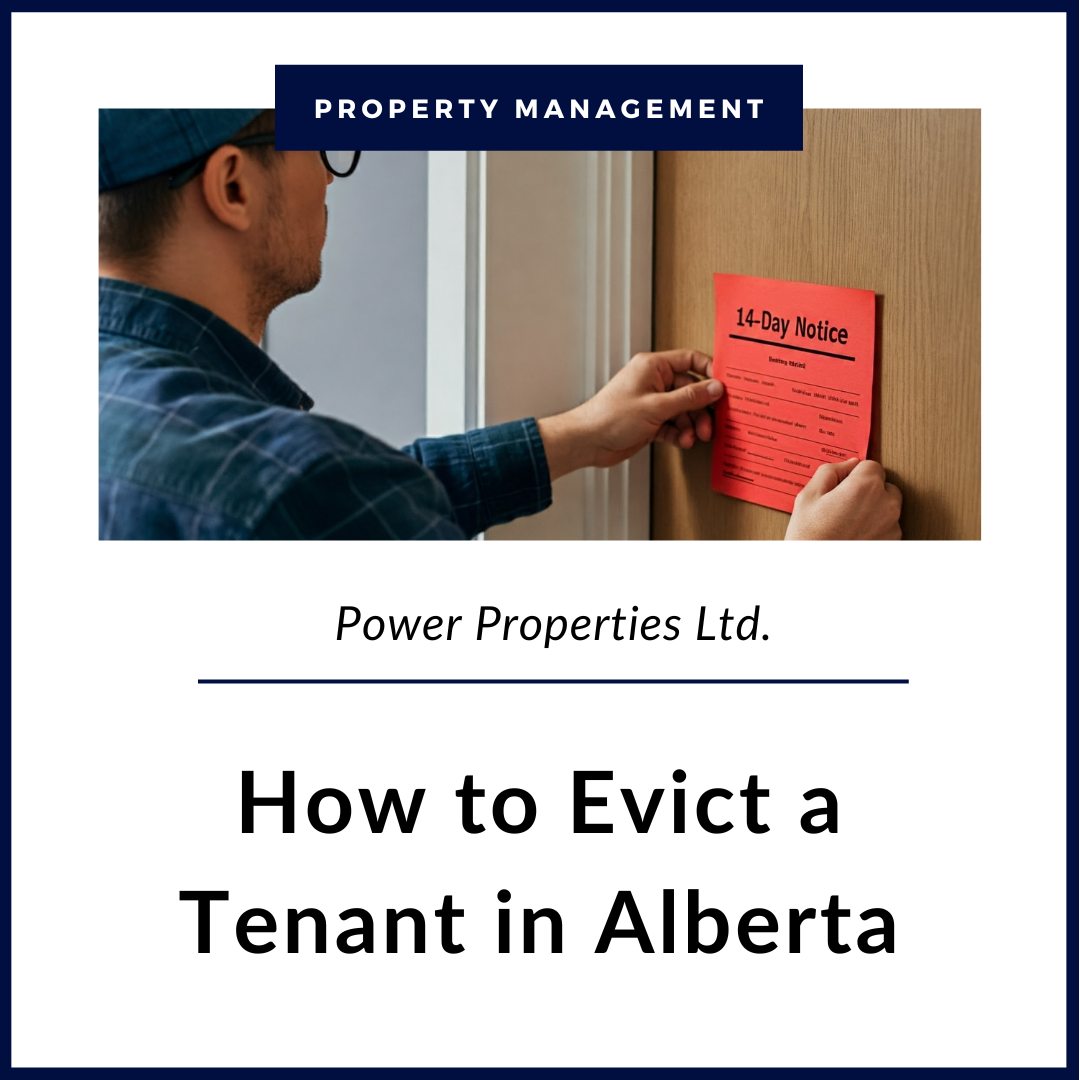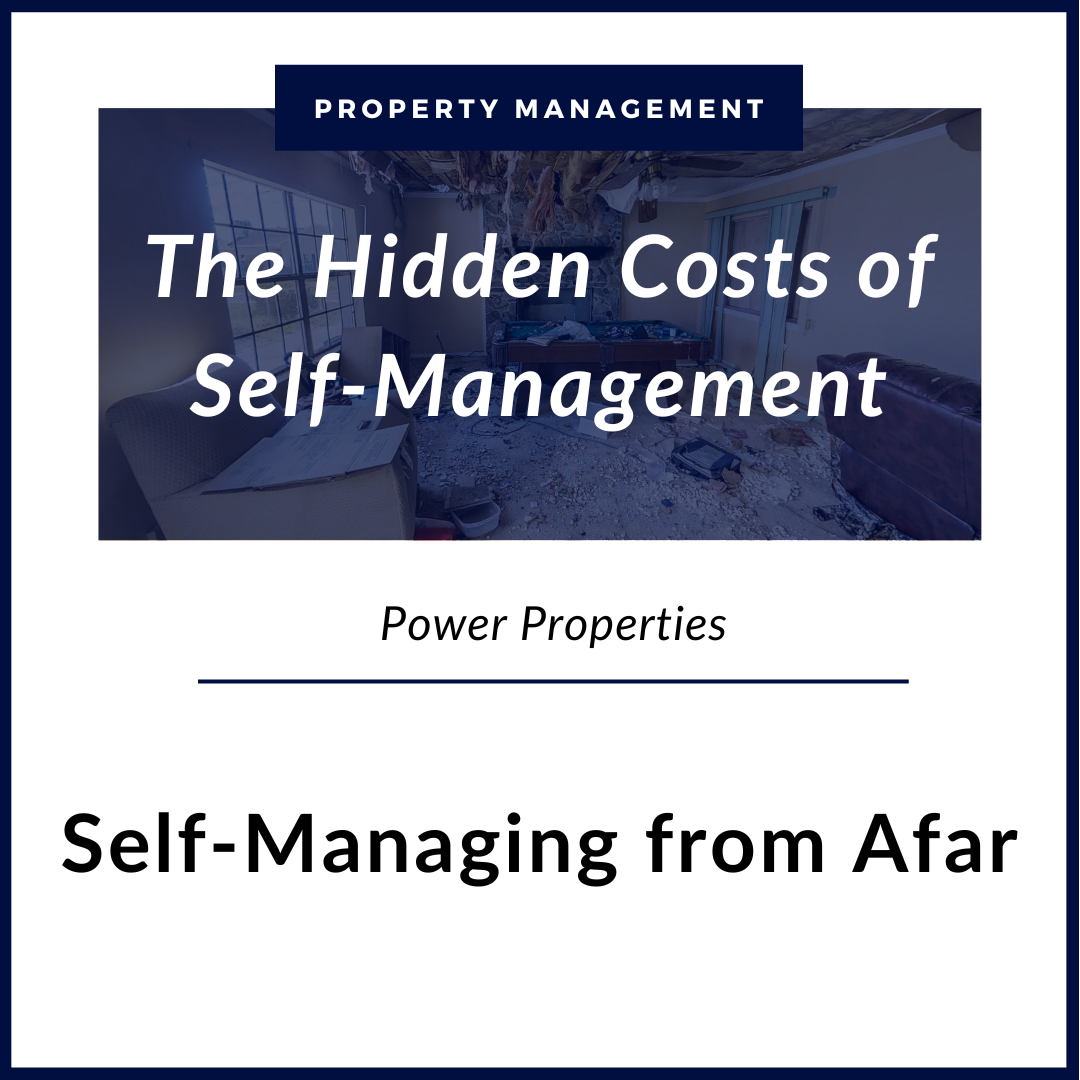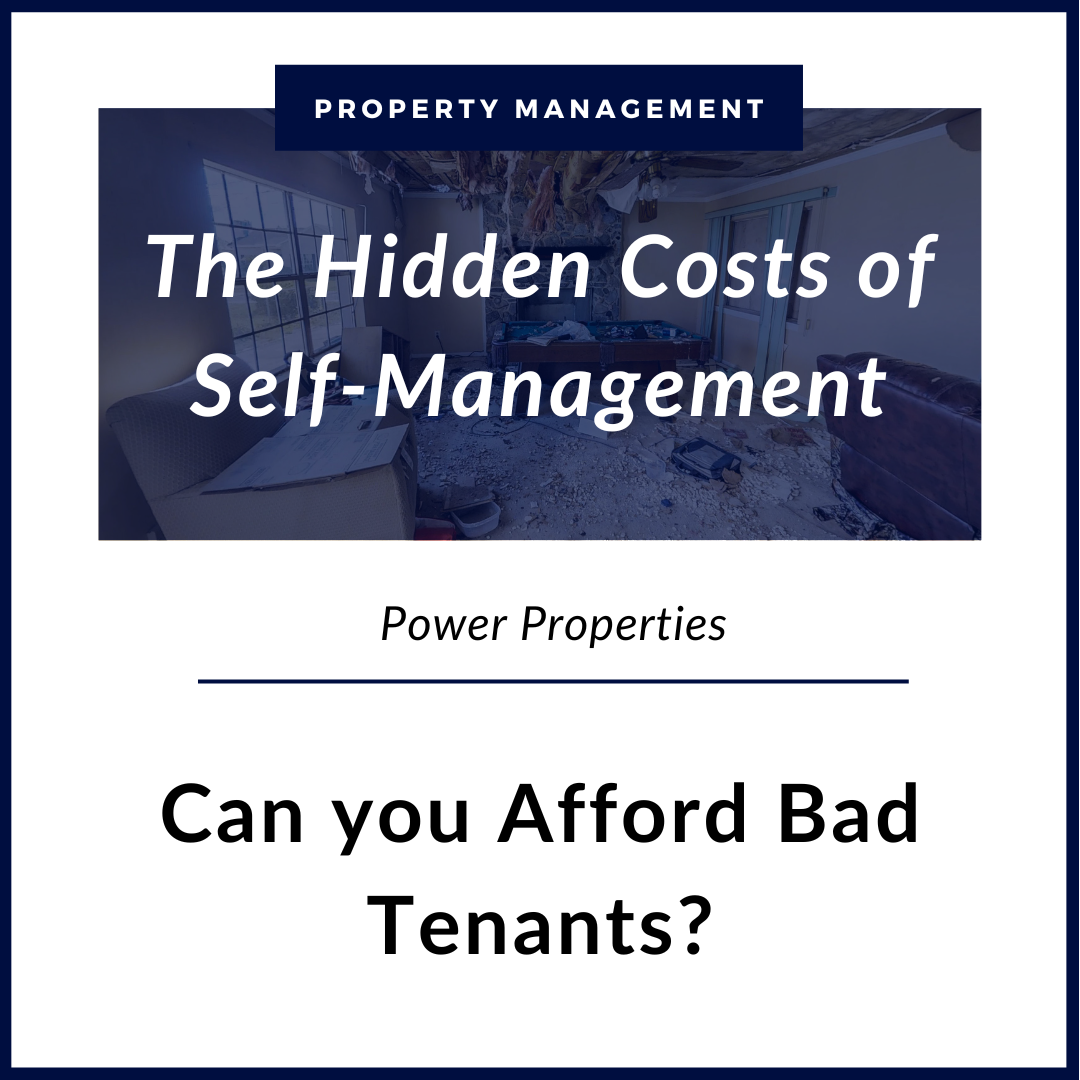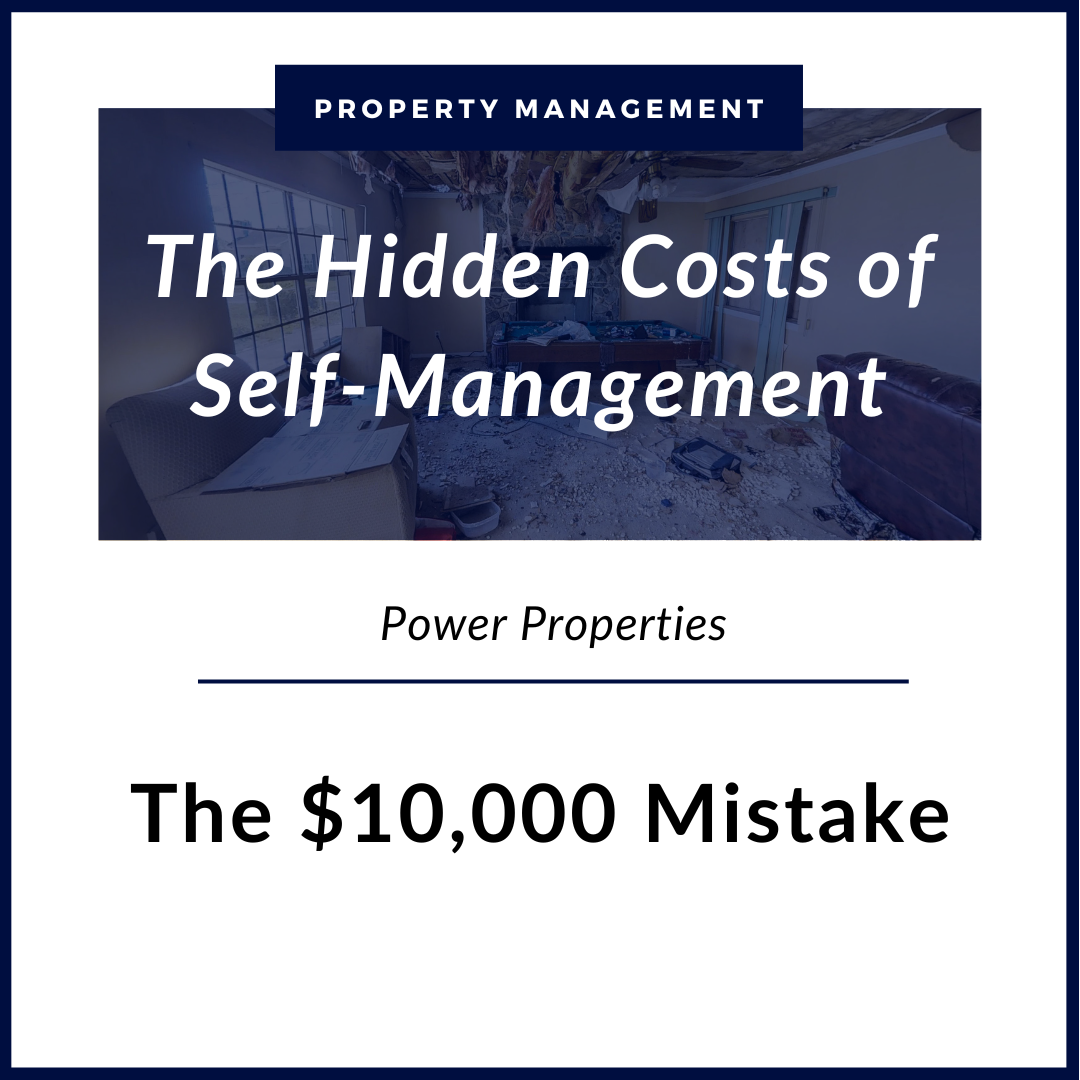What is Rental Property Insurance?
One of the most important steps in renting out your property is the ensuring you have the proper insurance in place. Rental Property Insurance differs from your standard Homeowner’s Insurance in a few ways. Let’s break it down for you:
Step one, protect the physical asset.
You want to make sure if your property is damaged or destroyed that it will be rebuilt. Many new suburban neighbourhoods and lots of redeveloped inner-city neighbourhoods have very high building densities meaning the homes are built right next to each other. The homes are often built with flammable materials like vinyl siding. If one catches fire, it will spread to the adjacent homes very quickly. Climate change is also making extreme weather a more frequent event. Weather events like severe hail storms or local flooding are more and more common. You have to make sure your insurance covers as many perils as possible.
Now that you have protected the physical structure, what about the income it produces?
Could you make your mortgage payments for a year without rental income while the house was being rebuilt? Thankfully you can get rental income insurance. Should the property become uninhabitable due to an insured event, you will receive rent from the insurance company until the property is rebuilt or repaired if you have rental income coverage.
What if something bad happened at your property and someone blamed you?
How would you defend yourself? Liability coverage has got your back. At a minimum, you want $1,000,000 in general liability coverage. If someone slips and falls at your property and sues you, liability coverage can take care of it. For true peace of mind, make sure to have umbrella liability coverage as this will provide coverage beyond the general liability coverage and can cover the legal fees if you are sued, even if you are found not liable. $4,000,000 in umbrella coverage combined with your $1,000,000 for a total of $5,000,000 of coverage should provide sufficient coverage for most rental properties.
Your nice normal tenant’s life has taken a downward spiral and they take it out on your property. How can insurance help?
Tenant vandalism insurance covers exactly that, malicious damage caused by your tenant. Many landlords are afraid to evict their tenants for non-payment of rent because they are afraid that the tenant will trash their property causing tens of thousands of dollars in damage. Tenant vandalism insurance often helps provide landlords with the courage to evict bad tenants knowing that such damage is covered, and when combined with rental income insurance there will be no financial hardship on the landlord. In fact, we have seen instances where landlords ended up with totally renovated properties and were able to achieve higher rents due to this kind of coverage.
Many condominium property owners are under the mistaken impression they do not need any additional insurance as insurance is included in their condominium fees.
While it is true, as a condo property owner, you typically don’t have to insure the structure of your building you still require additional insurance to cover liability, rental income, and tenant vandalism the same as a homeowner. Condo owners require one additional piece of coverage as well. Condominium insurance deductible coverage. If your unit causes damage to other units in the property, think an overflowing bathtub on the twentieth floor that floods the 19 units below, the damage will usually be covered by the condominium corporation’s insurance policy, but the deductible will be charged back to you. Most condominium policies have deductibles between $10,000 and $50,000, which means you could be responsible for paying up to $50,000! The good news is you can get insurance to cover the deductible should it be assessed against you.
Vacancy can void most of the coverage in your policy.
After thirty days many policies require a vacancy permit, this can significantly increase your premiums and decrease your coverage. On top of that, the property will require frequent inspections when it is vacant. Some policies require inspections as often as every 48 hours in order to maintain coverage. It is important to understand what your insurance policy rules are regarding vacancy, what the costs are, and what is covered when the property is vacant.
Written by Jamie Palmer, President/Broker of Power Properties Ltd.
Jamie Palmer is the President and Broker of Power Properties. He holds a Certified Property Manager (CPM®) designation, the highest designation in Property Management in North America. He earned an Honors degree from the University of Toronto, and he has over two decades of experience in property management.
Power Properties was established in 1980, and is a member of the Canadian Real Estate Association, the Real Estate Institute of Canada, and the Calgary Residential Rental Association. They currently manage over a quarter billion dollars in residential real estate and collect over one million dollars in rent each month.
Save this information for later and download our FREE E-Book!
*By entering your email address and clicking Download Now, you consent to receiving emails from Power Properties Ltd.







